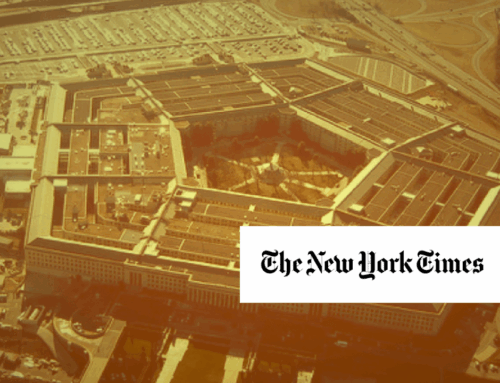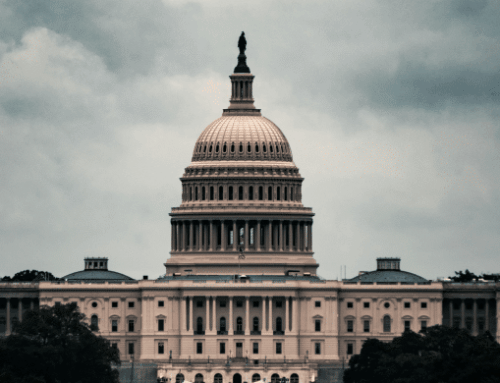One of the most contentious issues between the Congress and the President is whether to fund border barriers, where the money can come from, and where the barriers can be built. This FY20 spending compromise sets strict parameters on how much money can be spent on the barriers – just under $1.4 billion which is substantially less than the President’s Budget Request of $8.6 billion – and where the barriers may be built. A specific list of wildlife refuges, a state park, cemeteries, and the National Butterfly Center may not be encroached upon for barrier construction. But that isn’t the whole story as you will read below.
Interestingly, there is also a prohibition on establishing any new fees for people legally crossing the border. There is some concern that these fees might become a slush fund of non-appropriated funds the Department of Homeland Security would use for barrier construction. That would likely be a violation of the Purpose Statue or even the Antideficiency Act. Nerdy stuff, but important principles of Constitutionally-mandated roles of the executive and legislative branches.
Another interesting facet of the bill language regarding barriers is that the Secretary of Homeland Security (really the acting Secretary in this case) must submit a spending plan for the roughly $1.4 billion prior to obligating any of those funds. Again, Congress is asserting its role Article I role in the appropriating of your federal tax dollars. The plan is due not later than 90 after the enactment of this legislation. Assuming the President signs this legislation on the day the current spending bill expires, December 20th, the plan is due by March 19, 2020. We’ll be keeping a sharp eye out for that.
Unfortunately, Congress does not impose any specific prohibition on the President ordering the transfer of funds appropriated for other purposes to, instead, build a border barrier. The normal principles of federal appropriations law still stand, of course. That means the administration is required to specifically notify Congress of its intent to reprogram funds from one purpose to another. But the bogus “emergency” declaration asserted by the President muddies this usually crisp delineation of legislative branch responsibility for appropriating money. The President has asserted that his declaration allows the administration to move money with less Congressional input. The emergency declaration is tied up in litigation, with no end in sight. There are substantial issues of Constitutional law here and, as we have repeatedly said, this isn’t the wild, wild west. But you can bet your bottom dollar that the Administration will shoehorn as much cash it can to transfer and spend on the border until they are forced to stop.










